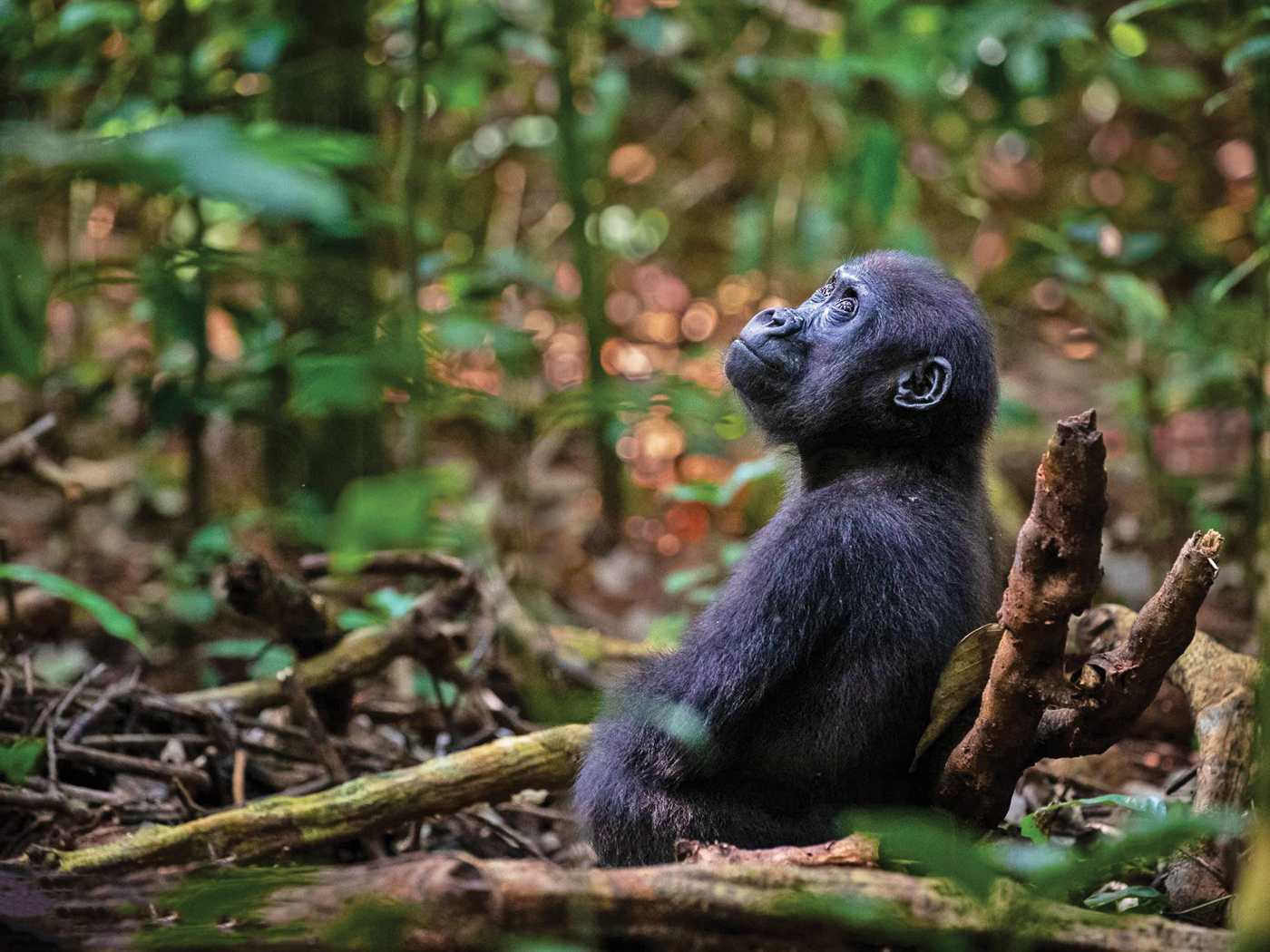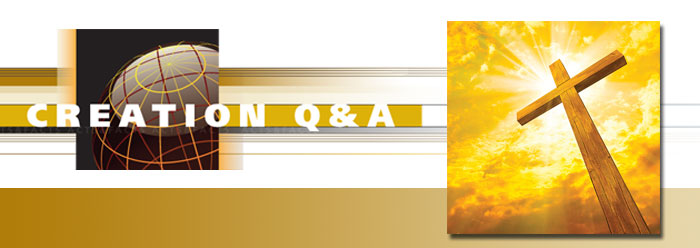During the Christmas season, we focus on the blessed fact that Jesus left His home in Heaven to come to earth as a Babe born in a lowly stable into a human family of modest means. But only an extensive treatment of the Christmas story in evangelical circles deals with the Babe's previous lofty position in Heaven and the redemptive goal of His mission on earth. Even then, much is ignored or omitted.
As is true for much of the New Testament, the Christmas story makes little sense without an understanding of the early chapters of Genesis. In fact, the message of Creation is The Big Picture—the work of Jesus Christ from eternity past to eternity future, with its central focus on Christ's death and resurrection—and it includes the Christmas story.
We must first recognize that the Babe, whose birthday we celebrate on Christmas day, was none other than the omnipotent Creator of all things. Paul, writing of the "Father's...dear Son" (Colossians 1:12,13) reveals that "by Him were all things created, that are in Heaven, and that are in earth, visible and invisible, whether they be thrones, or dominions, or principalities, or powers: All things were created by Him, and for Him" (v. 16). Similarly, "All things were made by Him; and without Him was not anything made that was made" (John 1:3).
In order to fully understand the nature of the Christ child, we must back up and appreciate the flow of history. Scripture clearly reveals that while each Person of the Trinity participated in Creation—God the Son played the primary role. As Creator, He had the authority to set the rules for His creation, as well as to set the penalty for breaking the rules. Since God's primary attribute is His absolute holiness, He justly established the penalty for sin to be death (Genesis 2:17; Romans 6:23, etc.). When mankind chose to rebel against Him, the Holy Creator pronounced the just death penalty on all of Creation. Indeed, sin distorts everything, such that "the whole creation groaneth and travaileth in pain" (Romans 8:22).
But this death penalty was also an act of God's grace, because by establishing a penalty for sin, it became possible for the Creator Himself to step into creation, become a Man without sin, Who did not deserve to die, Who then could die as a sacrificial substitute for sinful man, and redeem fallen creation under the guidelines He had established (Colossians 1:14, 20). Only the Creator could be the Redeemer, and He could redeem creation only by taking on the form of a man, experiencing all aspects of life. Therefore, He can even now identify with all problems of life which we encounter—from the womb, to the stable, to the garden, to the cross. Furthermore, the Creator's resurrection from the dead established victory over death and provides us eternal life, with our sins forgiven.
Finally, the Babe in the manger is the King of kings! Only the Creator is able to take the universe's throne and reign in majesty. "Thou are worthy, O Lord, to receive glory and honor and power: For Thou hast created all things, and for Thy pleasure they are and were created" (Revelation 4:11).
As we enjoy the warmth of this Christmas season, let us recognize and indeed revel in the complete Good News—Jesus Christ, the Babe in the Manger is the Sovereign Creator, the Holy Judge, the Sinless Sacrifice, the Victorious Conqueror, the King of kings and Lord of lords!
*Dr. John Morris is the President of ICR.




















